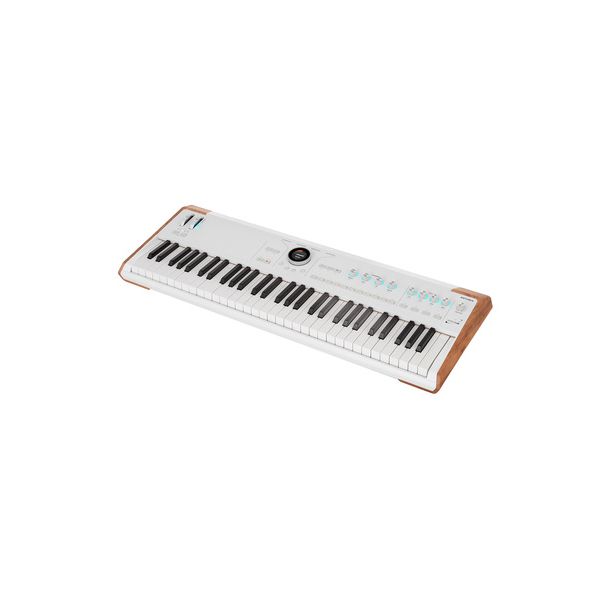
¡Servido con amor!
Con nuestras cookies nos gustaría ofrecerte la mejor experiencia de compra posible con todo lo que ello conlleva. Esto incluye, por ejemplo, ofertas y anuncios personalizados y guardar tus preferencias. Si estás de acuerdo, simplemente acepta el uso de cookies para preferencias, estadísticas y marketing haciendo click en "de acuerdo" (mostrar todo).
Puede revocar su consentimiento en cualquier momento a través de la configuración de cookies (aquí).
Puede revocar su consentimiento en cualquier momento a través de la configuración de cookies (aquí).



)
)
)
)
